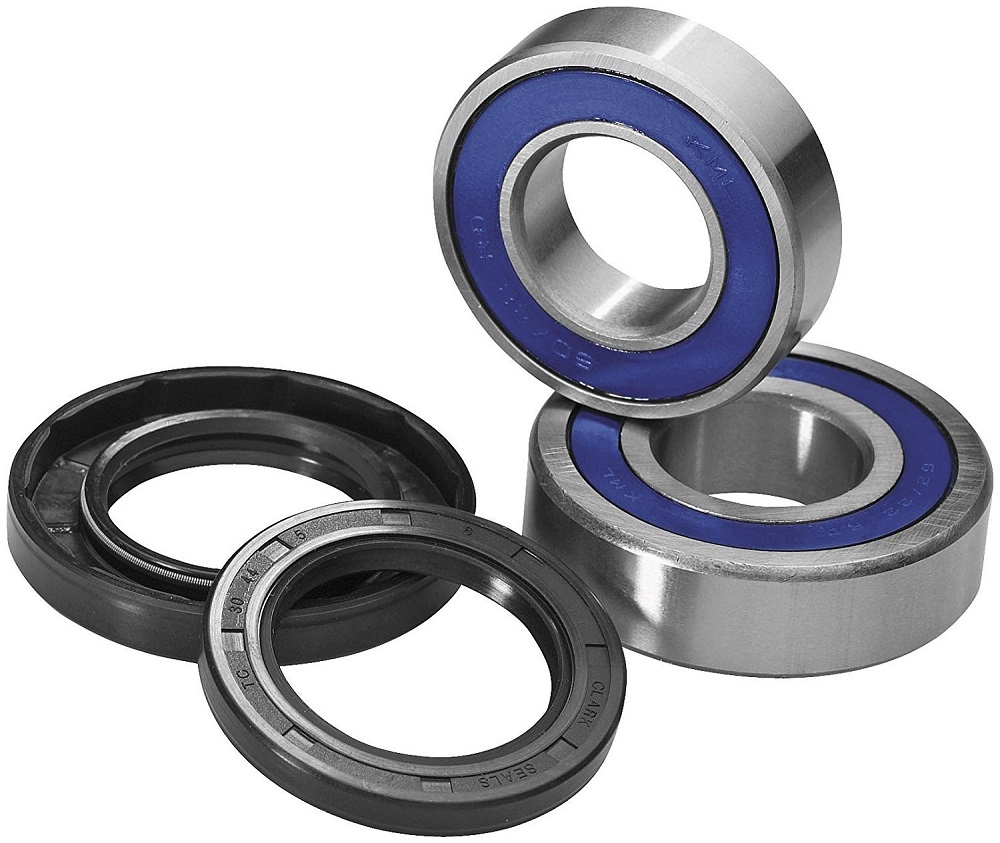Bearings are components that aid in the rotation of objects. Inside the equipment, they support the shaft that revolves. Automobiles, aircraft, power generators, and other devices need bearings. Even common household items like refrigerators, vacuum cleaners, and air conditioners that we all use every day contain them.
The rotating shafts of the wheels, gears, turbines, rotors, etc. in those devices are supported by bearings, enabling smoother rotation.
As a result, SR bearings (ตลับลูกปืน LM Guide SR, which is the term in Thai) are nearly always required for the rotation of many shafts in all types of machines, earning them the moniker “the bread and butter of the machine business.” Although bearings may appear to be straightforward mechanical components at first, they are essential to our survival.
The majority of industrial applications can use SR bearings since they are created using an automated setup approach and a defined setting range. For axial position, they contain two spacers and an optional snap-ring. Both types offer an affordable option for many applications because they are constructed using common sizes of single-row bearings.
Between the spinning shaft and the component supporting the rotation, friction is unavoidable. Between these two parts, there are bearings. By lowering friction, the bearings enable more fluid rotation. The amount of energy consumed is decreased as a result. The most crucial role that bearings play is this.
The most common type of bearings, rolling bearings consists of rolling elements enclosed in a housing to permit relative motion between machine parts. The rolling elements can be balls or cylindrical rollers, depending on the application of the bearings. Due to having a larger contact area, cylindrical element bearings are capable of bearing higher loads than their similarly-sized ball element counterparts.
Conical, needle and tapered bearings are just a few of the several configurations for rolling bearings that are available. Stainless and chrome steel are frequently used in the production of rolling bearings. They might, however, also be made of silicon nitride. For best performance, rolling element bearings must be lubricated; however, high-temperature applications can also make use of specially designed dry bearings. They are frequently overlooked while being utilized relatively frequently in daily life.
Between the spinning shaft and the component supporting the rotation, there must be a substantial amount of force. SR bearings serve the dual purpose of preserving the rotating shaft’s proper position and avoiding damage to the component supporting the rotation from being caused by this force.
A powerful magnetic field is used to levitate objects using frictionless magnetic bearings. They are an emerging trend because they can work in a vacuum and without lubrication, but they haven’t quite taken off due to their size and expensive price. Machinery like compressors, turbines, motors, generators, and pumps are just examples of the increasingly common machines that use magnetic bearings.
You may also like
-
The Heart of Philanthropy: Andi Sklar’s Mission for Change
-
Advanced Digital Marketing Courses in Pune for Digital Marketing Managers
-
Bitcoin Price and the Rise of Stablecoins
-
Industrial Clutches: The Role of Pneumatic and Hydraulic Systems
-
The Benefits of Engaging a LinkedIn Advertising Agency for Effective Campaign Management

